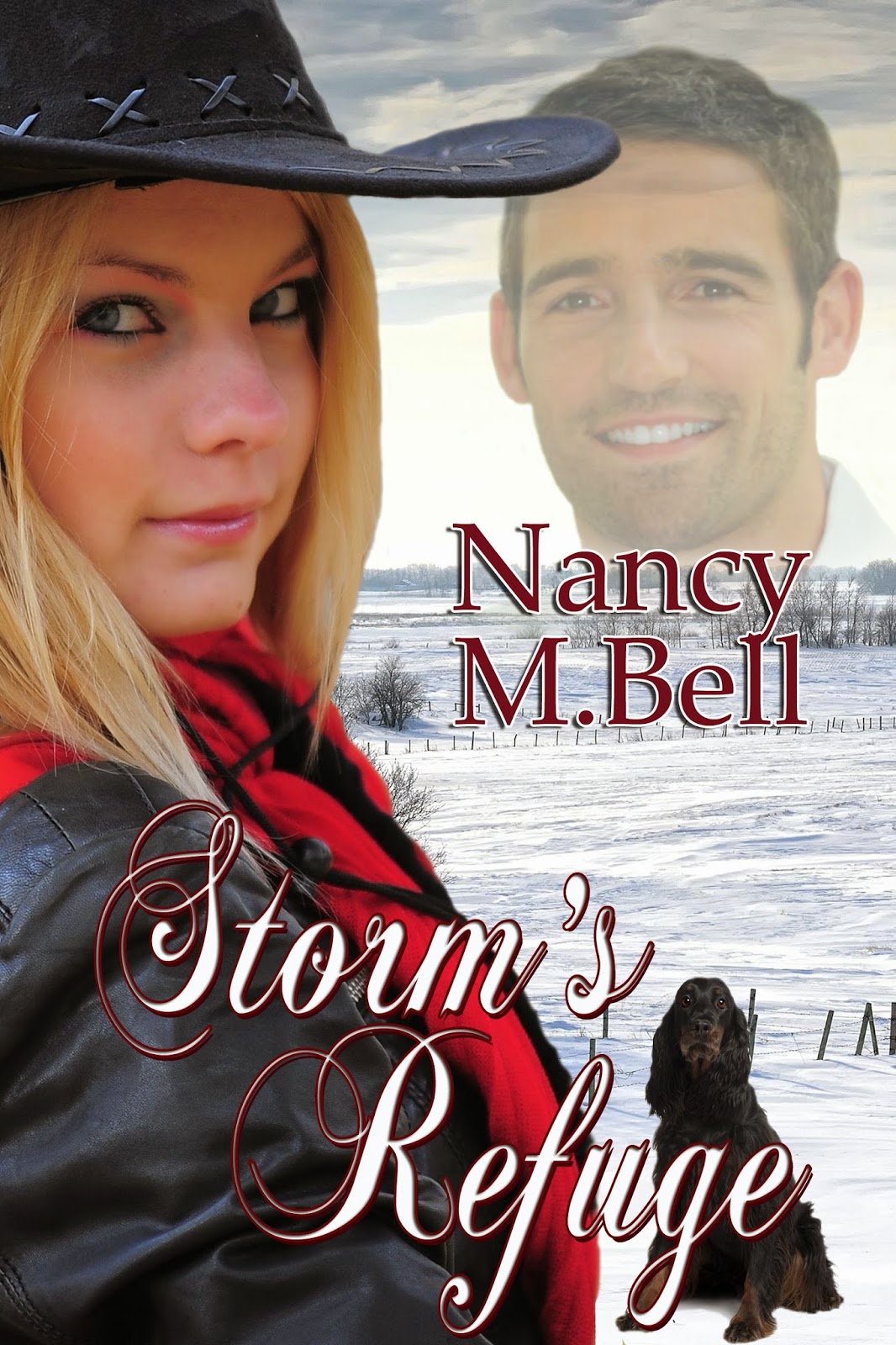The Dumpster Diving Sliced Bread Theory of Writing
Often a writer is asked what word or words of advice to give a new
writer? I think I'd give "Scramble" or my personal fave
"Dogtrot" both good useful words. Of course there's the cult classic,
"Swank". Those are the words I'd give a new writer.
Please
don't send me any thanks, well, just a like on facebook would be okay.
Nor
any chocolate, my wife breaks out in hives, then we get bees everywhere and the
cats get stuck to the patio from all the honey.
Okay
serious now, the best thing for beginning writers to get into is flow and a set
writing pattern. Some get up at 2AM, chuck lots of garlic about, to ward off
the vampires and write until the sun comes up. Whatever works, I myself make
tea and feed the cats. Number one rule in our house; don't forget to feed the
cats or you'll need more than garlic to keep you safe. PS. Silver bullets don't
work on hungry cats, I tried and they just whacked me upside the head with the
pistol and traded the silver for lots of canned tuna.
Oh,
I forgot, the serious part. Remember this, five percent of writing a story or
novel is the actual writing. So you ask naively, what's the rest?
Editing,
more editing and more darn editing. Then set the manuscript down for a month or
two reread it and (no secret here) more editing.
The
best thing to do with all of your writing is to read it out loud. Preferably in
a room on your own, with no one around otherwise someone will think you're
absolutely bananas. You can catch
a lot of awkward sentences, poor flow and grammatically incorrect phrases this
way.
The
biggest gift a writer can have is humility. As much as your mom said,
"Your book is the greatest thing since sliced bread," IT AIN'T. There
are very few writers who word for word, paragraph by paragraph are word
perfect. If you check the garbage cans of even great writers, you'll find a lot
of worn to the stub erasers.
Also
join a writers group, or two. Could join a knitting class. I'm told knitters
are a humble lot.
A
group where you edit (see earlier paragraph), and read each other's works. Out
loud, of course. If several people point out a paragraph or page that doesn't
work, analyze it, break it down and rewrite it or, this is the major humbling
part, chuck it out. Guess what, even Gandhi made mistakes.
If
several writers (they have a more critical eye than Joe public or your mom) say
a sentence or paragraph is brilliant, that's the Muses calling your number, so
get up, do a dance and pat yourself on the back. Unless you have some kind of
degenerative disc back disease, then just mentally shake your hand and say
"Thank you, thank you very much," and back at it. Okay, even the
humblest are allowed to crow sometimes.
Know
this, there's a lot of schlock out there that should reside in a large sealed
dumpster. War and Peace went through one hundred and one publishers before
being accepted. What if Tolstoy threw it into a dumpster after one hundred?
Stephen
King did. He dumped his novel "Carrie" into the trash and said,
"I give up. I'm going to stick to being a teacher."
Thank
God his wife had the guts to say, "You tell me you're a writer. Dust off
that blown, crumpled and withered ego and put it out there. AGAIN."
The
next publisher accepted the book and the rest is well, "Salem's Lot."
I
went through 398 rejections before my first novel got accepted. I know, I've
logged every one in a book. A word here to the smarmy git who brags about being
accepted on the first submission. I politely smile and say to myself
"Lucky Bastaddose." I shake your hand in humble subjection. Sometimes
it can be as simple as the right article at the right time to the right editor.
Or, and I'm going to choke a lot here, you could just be damn good.
There's
a picture that's hangs over my writing desk given to me by someone so long ago
I don't remember. I dust it off every time I get another rejection and go at it
again. The picture is of a man sitting alone at a piano in a huge empty room.
There's stacks of papers strewn about, empty coffee cups and worn pencils all
around him. The caption above him reads, PERSEVERANCE. The quote below is from
Samuel Johnson: "Great works are performed not by strength, but by
perseverance."
That's
one thing that makes a true writer humble. Want to know another? Ask yourself
this question. How many literary American Classics worthy of a Noble Award lie
in dumpsters?
This
goes back to my theory. Only dumpster divers will ever know, and after six
bottles of aftershave I doubt they'd sit up and spout, "Wow, best thing since
sliced bread." Before they'd probably use the papers to keep themselves
warm at night around a fire or worse humiliation, wipe themselves after a
number two.
Remember
that when you give up. That's humbling.

























.jpg)

.jpg)




